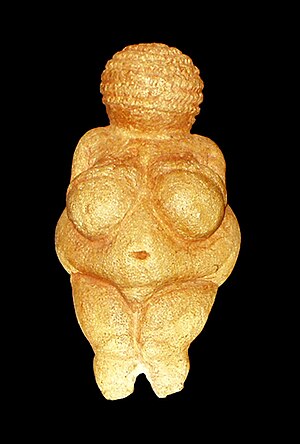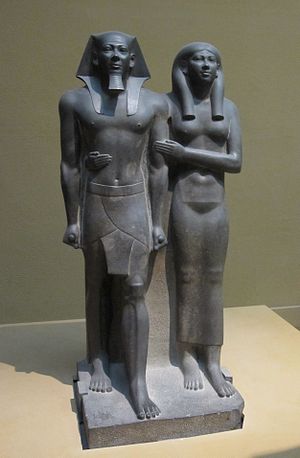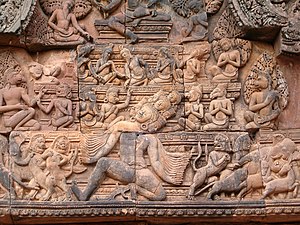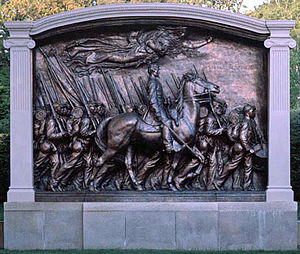Artistic media three dimensional art/ART 102/Sculpture
From WikiEducator
Jump to: navigation, search
Introduction
Sculpture is any artwork made by the manipulation of materials resulting in a three-dimensional object. The sculpted figure of the Venus of Berekhat Ram, discovered in the Middle East in 1981, dates to 230,000 years BCE. It is the oldest example of artwork known. The crudely carved stone figure will fit in the palm of your hand. Its name derives from the similarity in form with so-called female fertility figures found throughout Europe, some of which date to 25,000 years ago.
For example, the form of the Venus of Willendorf shows remarkable skill in its carving, including arms draped over exaggerated breasts, an extended abdomen and elaborate patterning on the head, indicating either a braided hairstyle or type of woven cap. Just as remarkable, the figure has no facial detail to indicate identity. The meaning behind these figures is difficult to put into context because of the lack of any written record about them or other supporting materials.
Types of Sculptures
Sculpture can be freestanding, or self-supported, where the viewer can walk completely around the work to see it from all sides, or created in relief, where the primary form’s surface is raised above the surrounding material, such as the image on a coin. Bas-relief refers to a shallow extension of the image from its surroundings, high relief is where the most prominent elements of the composition are undercut and rendered at more than half in the round against the background. Rich, animated bas-relief sculpture exists at the Banteay Srei temple near Angor Wat, Cambodia. Here humans and mythic figures combine in depictions from ancient Hindu stories.
The Shaw Memorial combines freestanding, bas and high relief elements in one masterful sculpture. The work memorializes Colonel Robert Gould Shaw and the Massachusetts Fifty fourth regiment, the first African-American infantry unit to fight for the north in the civil war.
Comment on any scupture on this page, or from any other source, in terms of one of any two of the following: material, upright support, abstraction, sculpture method and mass.
Note: Your comment will be displayed in the course feed.



